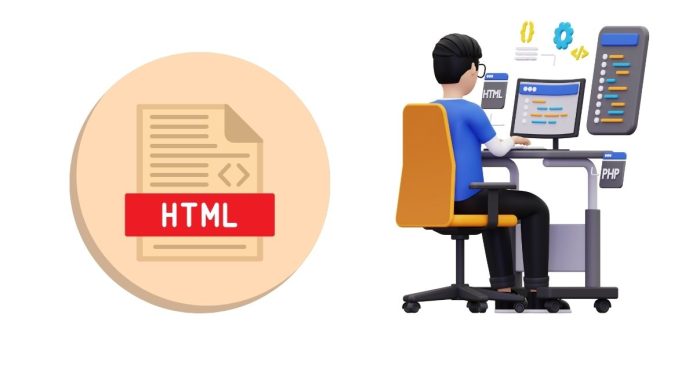The HTML selected attribute is a fundamental feature used in web development to preselect an option in a drop-down list. This attribute enhances the user experience by presenting a default option, saving users from manually selecting the most common or relevant choice. Understanding and using the selected attribute effectively can simplify forms and improve interactivity.
What is the Selected Attribute?
The selected attribute is a Boolean attribute used within the <option> tag of a <select> element in HTML. When this attribute is applied to an <option>, it preselects that option when the page is loaded.
For example:
<select>
<option value="html">HTML</option>
<option value="css" selected>CSS</option>
<option value="javascript">JavaScript</option>
</select>
In the example above, “CSS” is preselected when the page is loaded, making it the default choice for users.
Key Features of the Selected Attribute
- Boolean Nature: The presence of the
selectedattribute is enough to activate it.
Example:<option selected>is the same as<option selected="selected">. - One Default Selection: In a standard drop-down list, only one option can have the
selectedattribute at a time. - Works with
<select>Elements: Theselectedattribute is used exclusively within the<option>tag of a<select>element.
Usage Scenarios
- Setting Default Values
For forms where a particular value is commonly selected, theselectedattribute ensures it is preselected.<select> <option value="us" selected>United States</option> <option value="uk">United Kingdom</option> <option value="ca">Canada</option> </select> - Enhancing User Experience
By preselecting a logical default value, users save time and effort, especially in long forms. - Dynamic Selection with JavaScript
Theselectedattribute can also be dynamically updated using JavaScript to respond to user interactions:document.getElementById("mySelect").options[2].selected = true;
Example: Full Implementation
<!DOCTYPE html>
<html lang="en">
<head>
<title>HTML Selected Attribute Example</title>
</head>
<body>
<h2>Select Your Favorite Programming Language</h2>
<form>
<label for="languages">Choose a language:</label>
<select id="languages" name="languages">
<option value="python">Python</option>
<option value="javascript" selected>JavaScript</option>
<option value="java">Java</option>
<option value="html">HTML</option>
</select>
<button type="submit">Submit</button>
</form>
</body>
</html>
Best Practices
- Use the
selectedattribute to provide sensible defaults that align with user expectations. - Avoid overusing defaults in forms to prevent misleading users.
- Test the behavior across different browsers to ensure consistency.
Conclusion
The HTML selected attribute is a simple yet powerful tool for improving form usability. By preselecting options, developers can guide users and streamline the interaction process. Mastering its use ensures better form design and a smoother user experience.


